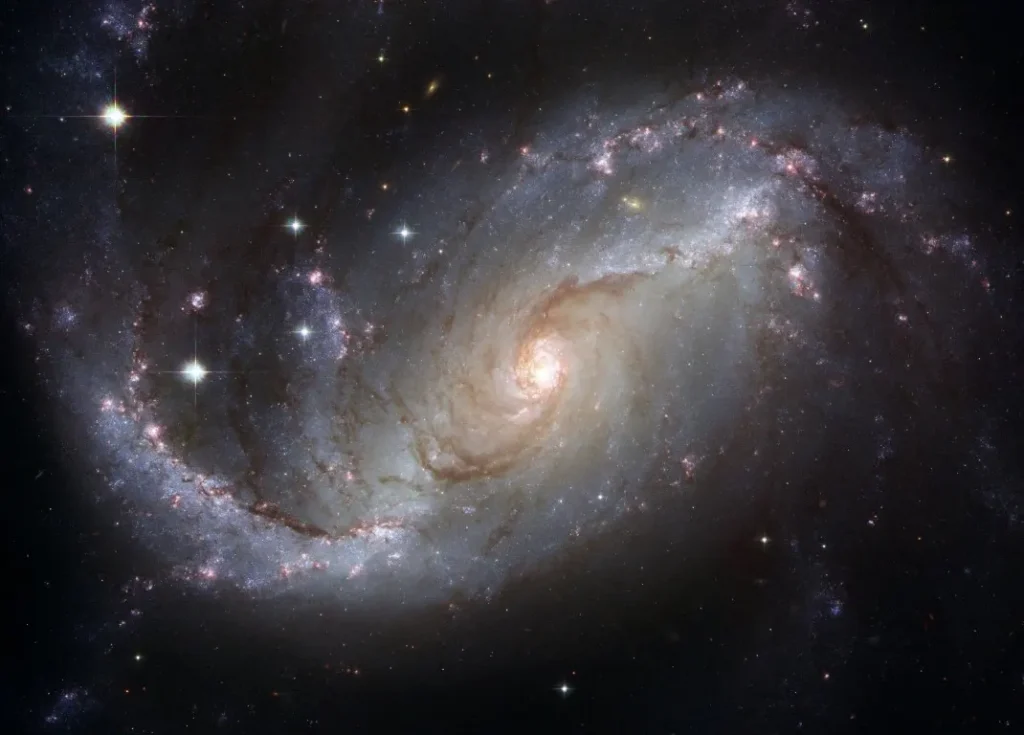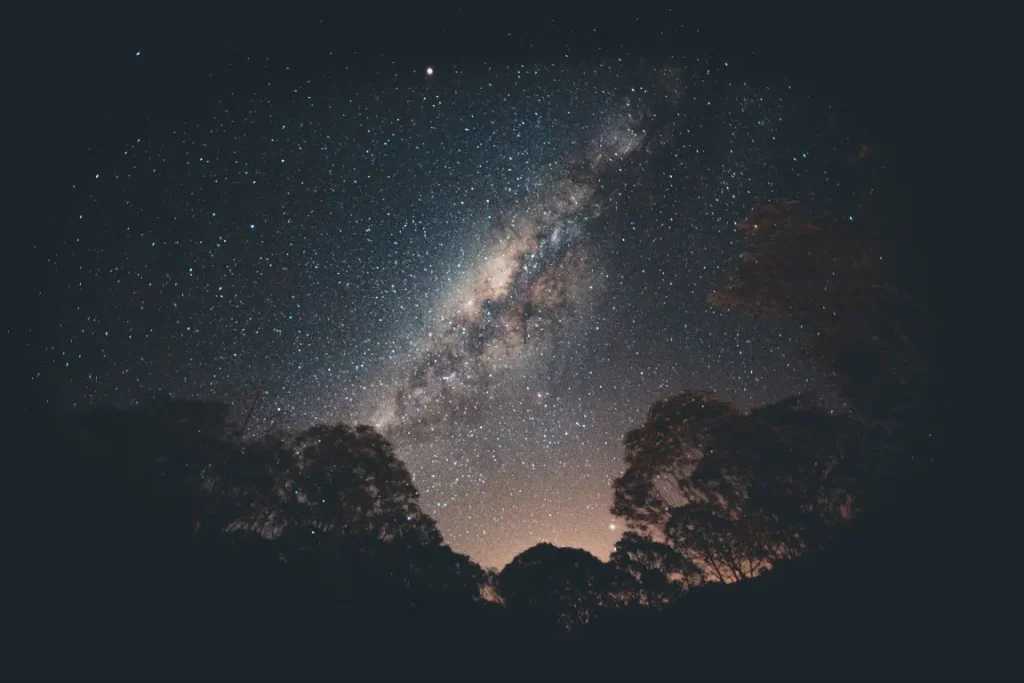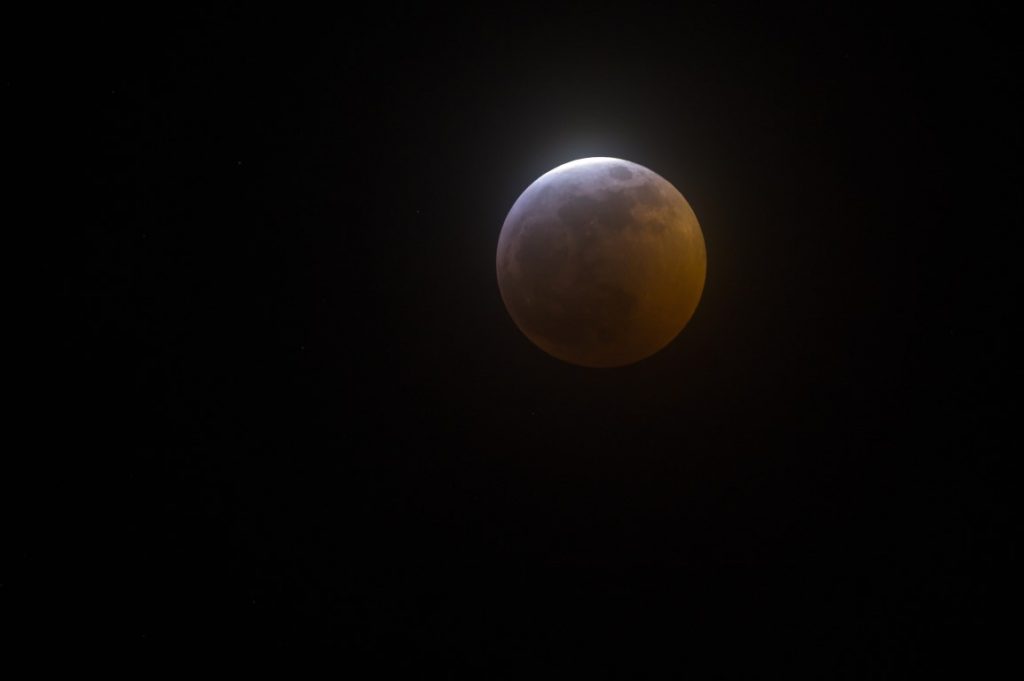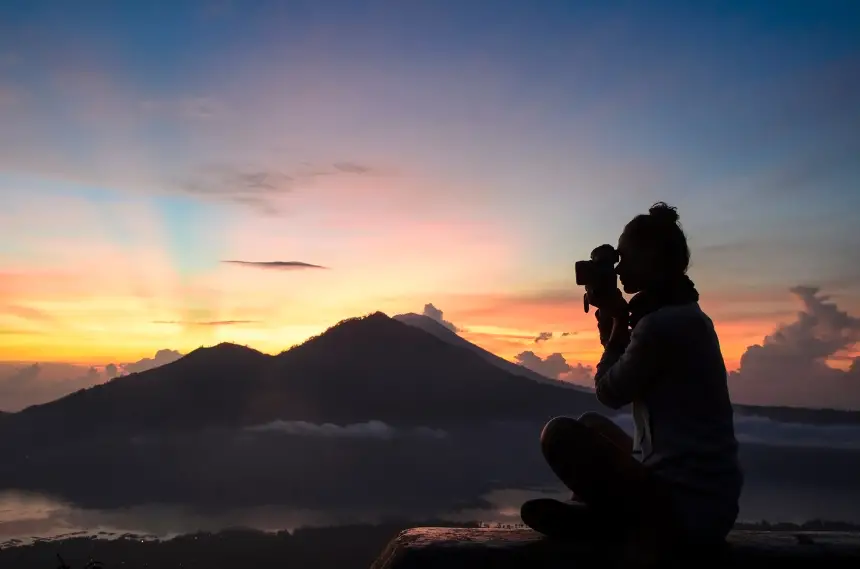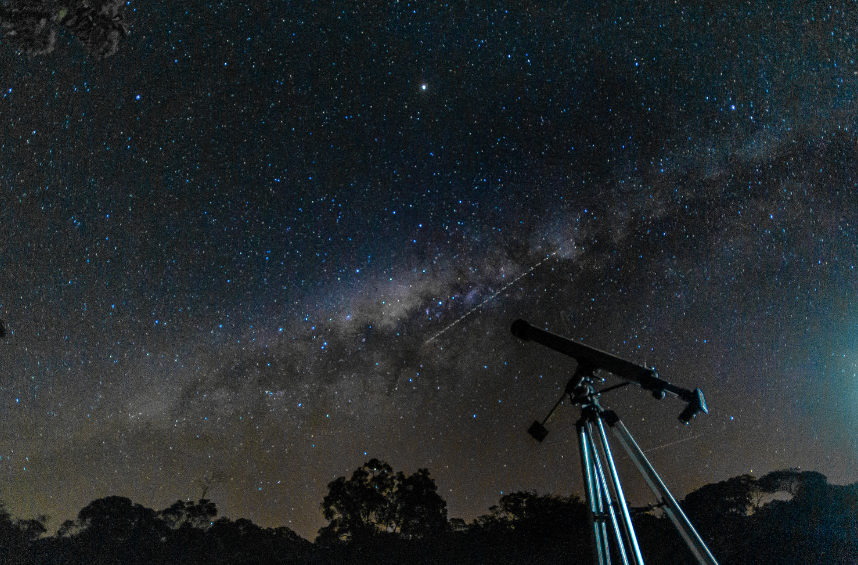
An example of integration is Drizzle. “Dithering files” do not exist. To get drizzle work, all you need are your standard files, but you will need a lot of them, and they will need to be well dithered.
It can also eliminate hot pixel and satellite trails, but Dithering increases the sensor ratio (SNR) and reduces artefacts.
Dithering may assist reduce the amount of structure-borne noise in images taken with a DSLR camera.
Dither
It is common practice in astrophotography to “dither” by shifting the telescope mount’s pointing directly as well as taking each shot.
This method may improve pictures’ signal-to-noise ratios by “cancelling out” things like hot pixels and fixed pattern noise.
Dithering adjusts the position of the stars in each frame by varying the telescope’s pointing direction. You will align (registration) and stack your frames depending on the stars for each picture as you go through the post-processing process.
Most camera control software, including Astro Photography Tool, has a simple but powerful function that may make a massive difference in the final photograph.
Astro Photography Tool (APT) communicates with a wide range of guiding programs and equipment to monitor your auto guiding performance.
Dithering cannot be achieved without this back-and-forth communication between your devices and the camera capture software.
Every picture of your deep-sky target (the target) will have a slightly changed location due to the random movement of the telescope between sub-exposures.
Cold and hot pixels and unsightly banding noise stay constant in each exposure, though.
Each time you take a picture of your deep-sky object, the object is perfectly aligned, and the noise and other imperfections are entirely random.
You may get better results with this strategy by collecting more light frames. The APT user handbook recommends at least six bright frames to be successful.
Dithering Has Several Advantages
- “Dither or die,” as expert astronomers say. While Dithering may not seem necessary for amateur astrophotographers, it has a significant impact on the quality of your photographs.
- It is possible to eliminate abnormalities like hot pixels or satellite tracks using Dithering, which enhances the SNR. Dithering may be applied to images taken with a DSLR camera to lessen the quantity of fixed pattern noise.
- You may enhance the SNR of your picture by changing the image frame among exposures since the noisy pattern is predetermined and cannot be changed.
By watching the below video you can get rid more about Astrophotography dithering.
Drizzle
Able to refine reconstruction, or “Drizzle,” retains photometry and resolution, may weight input pictures according to the statistical relevance of each pixel and eliminates geometric distortion from both picture shape and photometry.
Optional steps like Drizzle integration are just that: optional. To correct any distortion in the photos, drizzling was used on a small part of each one.
Even though the range of view changes, you may get a lot more detail than you began with if you can accurately estimate the placement of features across the picture.
A method called Drizzle generates a bigger picture than the stack of pictures.
It interpolates across pixels to guarantee that delicate information in edges is preserved despite the impacts of stacking modifications.
The first method is used to get a picture that is twice as large in all three dimensions. Using dithered, under sampled data; the Drizzle algorithm linearly reconstructs pictures.
The Drizzle Integration tool fills a lengthy gap in our image pre-treatment toolset by bringing this basic image processing approach to the PixInsight platform.
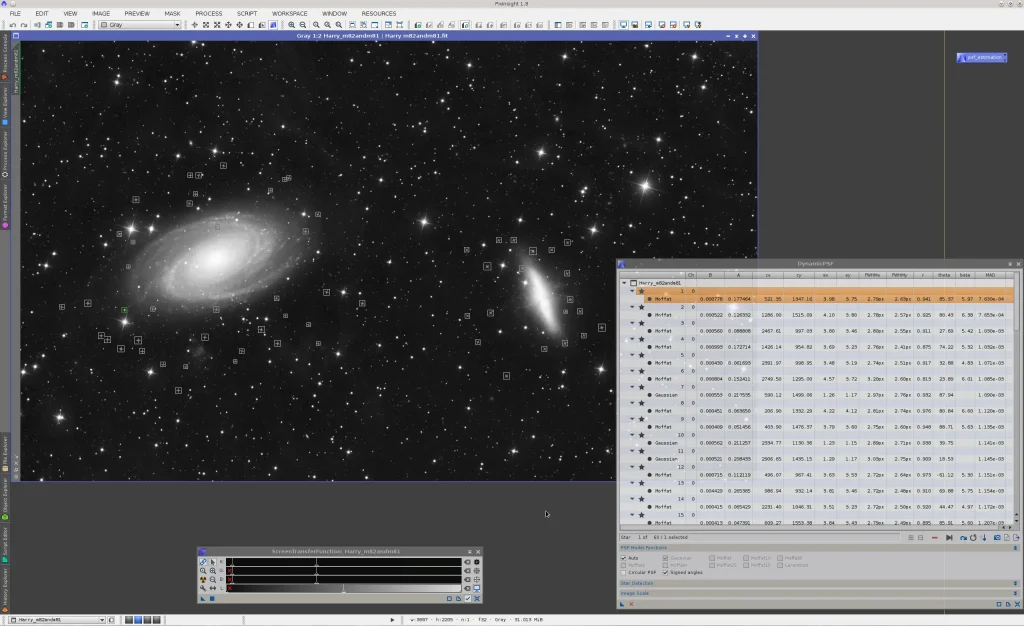
Drizzle generates a bigger picture than the stack of pictures and interpolates across pixels to guarantee that delicate information in edges is preserved despite the stacking modifications.
Conceptually, the drizzling algorithm is relatively easy to understand. For example, shifts and revolutions between photos and camera distortion are accounted for when mapping pixels from the source images into the final image.
Variable-Pixel Linear Reconstruction (also known as “drizzling”) is a technique that retains photometry and resolution while removing the effects of geometric distortion on picture shape and photometry.
It may weight input images based on the statistical relevance of each pixel. You cannot do much better than the potential resolving power of your lens and atmosphere with drizzling.
To some extent, it can compensate by having too big pixels to capture the quality of your telescope and its environment effectively.
However, you can never improve the resolution of your telescopes and the atmosphere. Drizzling is only one of several techniques that may be used in high-resolution photography.
All of the frameworks you use for resolution analysis are essentially doing the same thing: In contrast to Balancing Mechanisms and Theoretical Observations, this is a broader category.
Drizzle Has Several Advantages
- You may use Drizzle if you want to enhance your shots and reduce pixilation in under-sampled images.
- It extends the original image’s resolution and afterward fills in or extrapolates the values, thus filling in the gaps.
- The pixels’ edges are smoothed down, and pixilation is reduced.
- For Pixinsight, you must first align your picture using Image Registration and click the option to produce Drizzle files before you can begin using Drizzle.
Before and After Dithering & Drizzle
Dithering and drizzle was not employed on the first night of capture. Between every 180-second exposure on day two, Dithering was applied.
Using the Kappa Sigma-Clipping technique, the pictures were stacked (28 photon frames each) in DeepSkyStacker. There were 15 dark calibrating frames for each stack. The non-dithered picture has a harsh stuttering noise that you can hear.
Dithering or drizzle may save a lot of time and effort in the post-production process.
How To Drizzle In Astro Pixel Processor
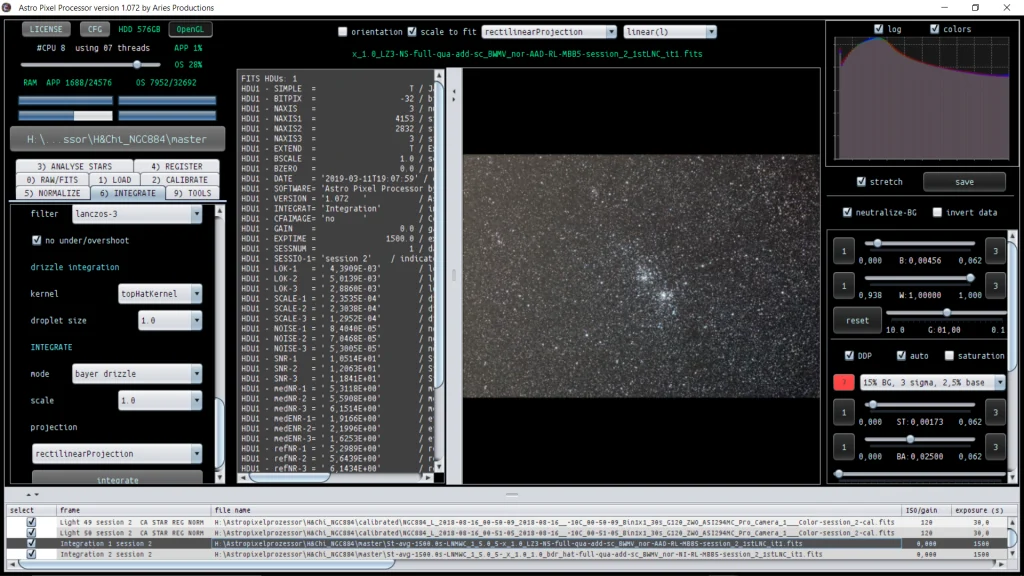
- It is as simple as going to INTEGRATE at the bottom of tab six, setting the mode to drizzle or Bayer/X-Trans drizzle
- Setting the scale to the correct value.
How To Drizzle In Pixinsight
- The drizzle method is easy to understand in its basic form.
- Shifts and rotations among photos and camera distortion are accounted for when mapping pixels from the source images into the final image.
Well, you can refer below video to get more about Drizzle in PixInsight.
How Does Drizzle Work?
The drizzle method is easy to understand in its basic form. Images are translated into pixels inside the subsample output picture by considering shifts and rotations and the optical distortions of the camera, which are transferred into pixels in the image input images.
A method called Drizzle generates a bigger picture than the stack of pictures and interpolates across pixels to guarantee it retains delicate information in edges, notwithstanding the stacking modifications.
Which Is The Best For You?
To drizzle or dither astrophotography is to move the telescope’s aim between shots randomly. This enables the removal of cold and hot pixels, cosmic radiation artefacts, structure-borne noise, and satellite or aircraft trails during the layering process.
If you feel like you want to get a comprehensive guide about astrophotography noise reduction, You can refer this article to polish your knowledge.
Individual pixels that seem brighter than they are always located in the same spot in every exposure.
Dithering or Drizzle causes the stars to appear at a different location in each frame by changing the telescope’s point of focus.
Using the stars in each picture as a guide, you will align and stack your photographs later. In each frame, the hot pixels are relocated to a new location.
Every pixel is examined using a mathematical technique to remove outliers from your collection of photographs using the Sigma reject stack method, which is accessible in most image-processing tools.
This implies that if a heated pixel appears just once in a given time window, the computer substitutes it with an average from the previous frames.
Conclusion
If you have the right equipment, Dithering may make a big difference in how your finished project looks. To get the most outstanding results, Drizzling should be used with many data, and images scaled up will provide results that are more apparent.
Justin Parker is a professional photographer and has been in the industry since 2007. He attended the University of Georgia. Justin combines his passion for photography and his interest in writing to give life to this blog which talks about photography in order to help and inspire young photographers.

